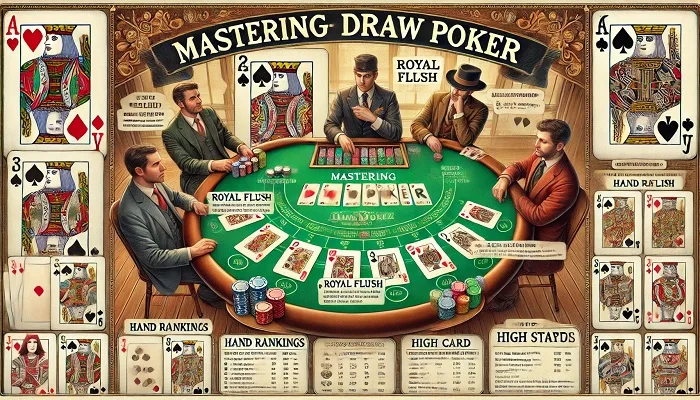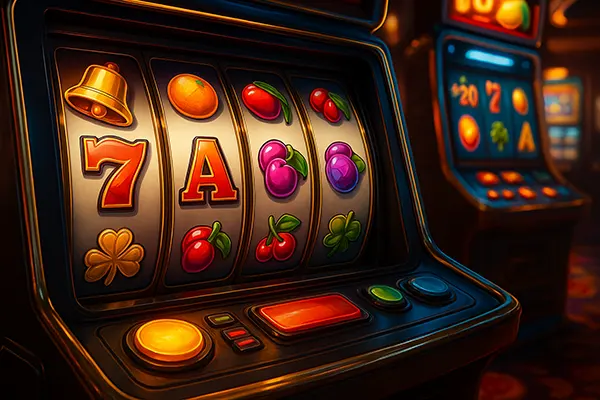
Draw Poker Guide: Master the Classic Card Game
Draw poker is one of the classic variations of poker, known for its simplicity and strategic depth. It has been a favorite among poker enthusiasts for generations, offering a unique blend of skill and luck. This guide aims to provide a comprehensive overview of draw poker, including its history, rules, and tips for new players.
The Origins of Draw Poker
Draw poker, like many other poker variants, has a rich history that dates back to the 19th century. It is believed to have evolved from earlier card games such as Primero and Brag, which were popular in Europe. The game gained widespread popularity in the United States during the 1800s, particularly during the Civil War era.
Draw poker’s appeal lies in its straightforward gameplay and the opportunity it offers players to improve their hands by drawing new cards. This element of strategy and chance has made it a staple in both home games and casino poker rooms.
Understanding the Rules of Draw Poker
Draw poker is typically played with a standard 52-card deck. The game can accommodate between two to eight players, though the optimal number is usually four to six. The objective is to form the best five-card hand after one or more rounds of betting and drawing cards.
Basic Rules
Ante and Deal: Each player places an ante into the pot. The dealer then distributes five cards face down to each player.
First Betting Round: Players evaluate their hands and engage in a round of betting, starting with the player to the left of the dealer.
The Draw: After the first betting round, players have the option to discard and draw up to three new cards (four if holding an ace). Players can also choose to stand pat (keep all their cards).
Second Betting Round: Another round of betting occurs, starting with the player to the left of the dealer.
Showdown: If more than one player remains after the final betting round, a showdown takes place. Players reveal their hands, and the best hand wins the pot.
Tips for New Draw Poker Players
Starting Hands
Selecting the right starting hands is crucial in draw poker. Focus on hands that have strong potential to improve with the draw. For example, a pair or three of a kind are good starting hands, as they can develop into higher-ranking combinations.
Bluffing and Strategy
Bluffing plays a significant role in draw poker. Pay attention to your opponents’ betting patterns and draws. A well-timed bluff can force your opponents to fold better hands, allowing you to win the pot with a weaker hand.
Managing Your Bankroll
Proper bankroll management is essential in draw poker. Set a budget for your gaming sessions and stick to it. Avoid chasing losses and know when to walk away from the table.

Advanced Strategies in Draw Poker
Draw poker offers various advanced strategies that can give you an edge over your opponents. One such strategy is the concept of “position.” Playing in a late position allows you to see your opponents’ actions before making your own decisions, giving you valuable information.
Another advanced tactic is the use of “slow playing.” This involves underplaying a strong hand to lure your opponents into betting more, allowing you to increase the pot size before revealing your winning hand.
The Importance of Reading Opponents
In draw poker, reading your opponents’ behavior and betting patterns is crucial. Look for tells, such as hesitation or aggressive betting, which can indicate the strength of their hands. Use this information to make more informed decisions during the game.
Draw poker is a timeless game that combines strategy, skill, and a bit of luck. Whether you’re a novice or an experienced player, understanding the rules and employing effective strategies can significantly enhance your gameplay. By mastering the basics and incorporating advanced techniques, you’ll be well on your way to becoming a formidable draw poker player.



